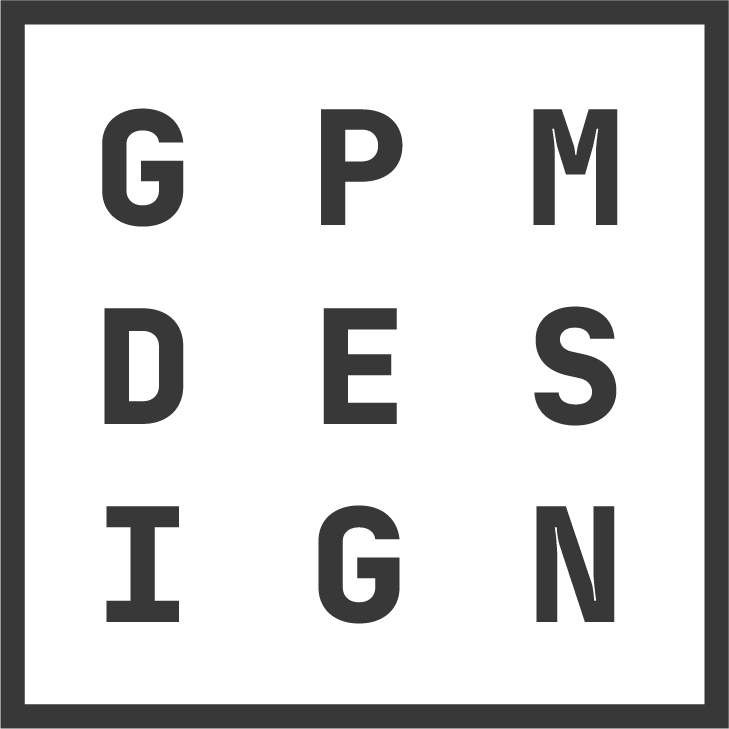Getting To Know The Person Behind The Designer
For years I have been telling people who I am as a designer. What I believe in. What drives my work. What makes my approach different. The last article I wrote did not just help me articulate those things in a clearer way, it actually forced me to take a proper look at myself. I realised that the version of me I had been describing for years might not have been as accurate as I thought, which was both uncomfortable and oddly refreshing. I had been talking so much about the designer that I had barely scratched the surface of the person, which sounds about right for me.
My partner Lou has said for years that people want to know you. Not the version of you that sits neatly inside a creative process, but the real one. The one with doubts and quirks, experiences and flaws, opinions and stories. The one who has lived a whole life outside of the Adobe Suite. I think she is right. The more I have worked with clients the more I have realised that relationships are just as important as the work itself. The logo or the brand system or the design is the output, but the journey we take together is what builds trust. I have clients who have become friends simply because the relationship mattered as much as the brief.
So this new series, The Unbranded Me, is my attempt at doing something that probably should have happened years ago. A designer who has spent years shaping brands for other people is now turning the lens inward, which feels fitting. Not because I think my life is unusually interesting, but because the more I reflect, the more I see how everything I experience shapes how I design. You cannot separate the two. My upbringing, my generation, my travels, my struggles, my inspirations, my mental health, my mistakes, the world I try to understand every day. All of it shows up in my work whether I talk about it or not.
Writing this has already become a strangely cathartic process for me. I failed GCSE English, not because I did not care, but because I could not spell and my handwriting was awful. Reading books bored me. I was always the kid who preferred the film over the novel. That has changed a little over the years, but mostly when it comes to non-fiction. Real people, real experiences, real places. That is what interests me far more than anything made up.
The funny thing is that technology has been the thing that helped me find my voice. Even basic spell check, which has been around for decades, became a kind of virtual teacher. It corrected my spelling but also helped me learn words I could never figure out. Computers quietly improved my communication long before I noticed, probably because I was too busy avoiding books.
Now AI has taken that even further. The previous article and this entire series exist because a tool like ChatGPT lets me turn messy thoughts into something clear. It does not write for me. It takes my ramblings, the ideas that are often half formed or hard to articulate, and helps me shape them into something people might actually want to read. For someone who has never seen writing as a strength, that feels empowering rather than threatening.
In the articles that follow I will talk about growing up before the internet and how that shaped the way I communicate. I will talk about travel and why seeing the world changed the course of my life. I will look at inspiration and why I believe the best ideas come from lifting your head up from your phone. I will talk about mental health and the everyday ups and downs that affect all of us. I will explore the difference between trying to stay informed in a polarised world and trying not to lose yourself in the noise. I will talk about the people who influence me, the things that move me, the insecurities that push me, and the experiences that ground me.
Some of this may change as I dig deeper. New memories will surface. New ideas will appear. That is part of the process. This is as much for me as it is for anyone who chooses to read it.
If the last article was about who I am as a designer, The Unbranded Me is about the rest of it. The parts I have ignored, avoided or simply never thought to share. Who I am when the laptop is closed. Who I am underneath it all.
My hope is that by sharing more of the person, the designer will make a little more sense too.
Let us see where this goes.
